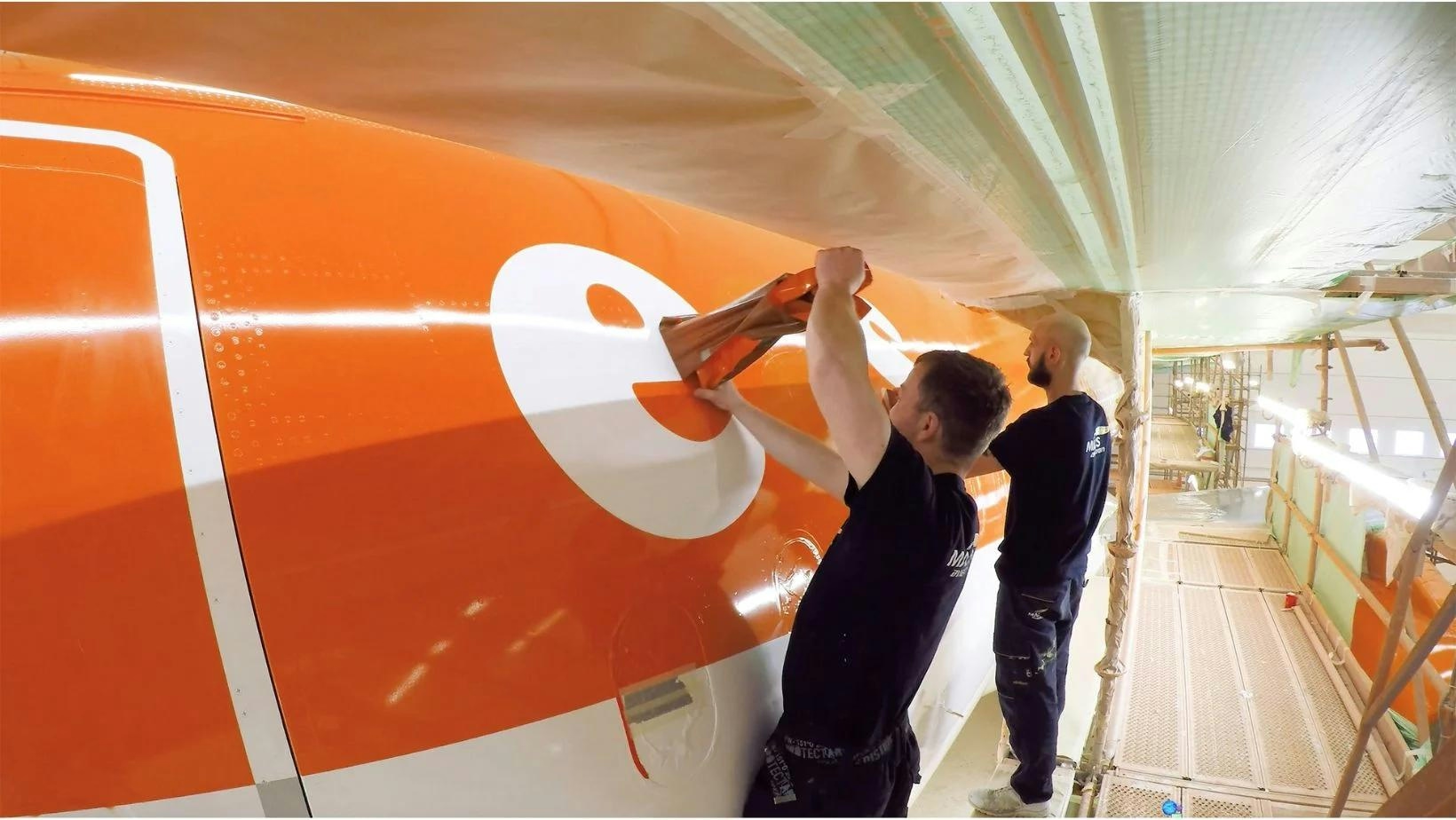
AeroGenie — Seu copiloto inteligente.
Tendências
Categories
Singapore Advances Aerospace Maintenance with 3D Printing
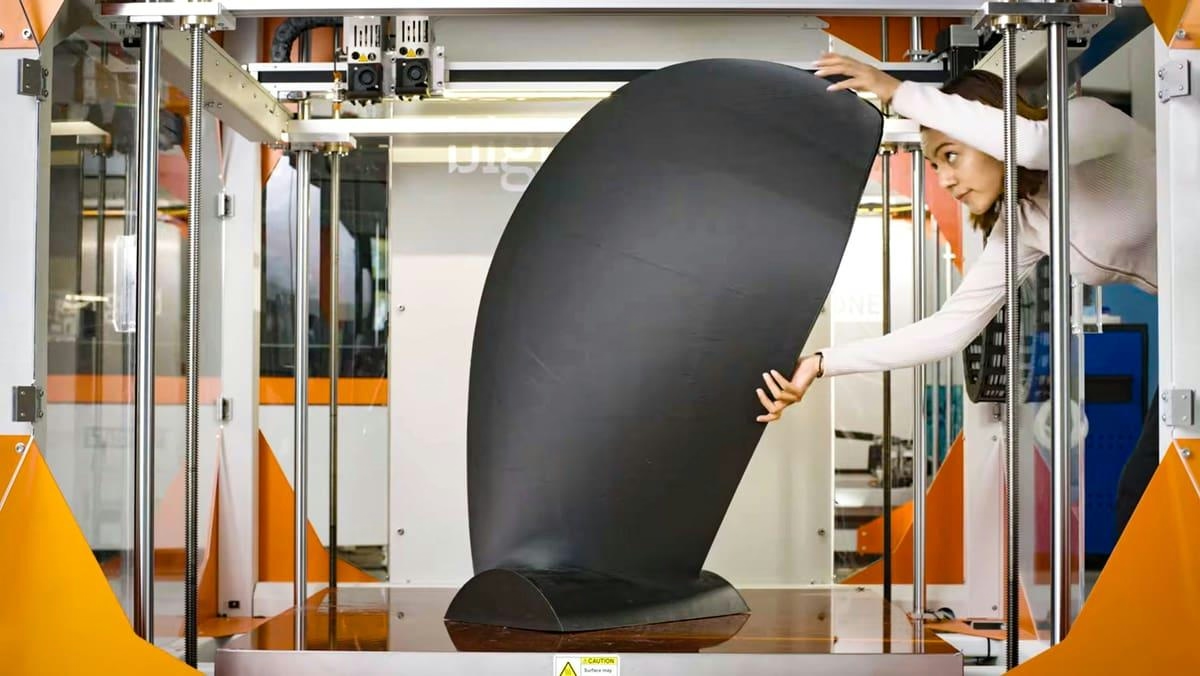
Singapore Advances Aerospace Maintenance with 3D Printing
Singapore is solidifying its position as a leading global aerospace hub through the launch of Phase Two of the Smart Manufacturing Joint Lab (SMJL), a collaborative effort between the Agency for Science, Technology and Research (A*STAR), Rolls-Royce, and Singapore Aero Engine Services Private Limited (SAESL). This initiative seeks to revolutionize maintenance, repair, and overhaul (MRO) operations by integrating advanced automation and additive manufacturing—particularly 3D printing—into core aerospace processes.
Enhancing Productivity and Capacity through Innovation
Building on the success of the lab’s initial phase, which commenced in 2017 with a S$68 million investment aimed at modernizing Rolls-Royce’s fan blade production and enhancing SAESL’s repair capabilities, the partnership has already yielded substantial improvements. Rolls-Royce’s facility experienced a 20 percent increase in productivity, while SAESL anticipates a 40 percent rise in output by 2028.
The current phase places significant emphasis on the adoption of 3D printing for component repair and engine overhaul. By embedding additive manufacturing within the MRO workflow, the partners aim to reduce lead times, minimize material waste, and enhance the performance of complex parts. These technological advancements are projected to enable the Fan Blade Singapore facility to boost production by over 30 percent without the need for physical expansion.
This initiative complements SAESL’s ongoing S$242 million expansion at Seletar, which includes the construction of a new 26,000-square-meter facility alongside the redevelopment of existing infrastructure. Upon completion, this expansion will double engine overhaul capacity to approximately 400 engines annually and generate around 500 new jobs, thereby reinforcing Singapore’s aerospace ecosystem.
Establishing Standards and Addressing Challenges
To ensure the safety and reliability of 3D-printed aerospace components, Singapore has introduced a new national standard, SS 708: “Additive Manufacturing for Aerospace: Filament Layer Manufacturing Process Specifications.” This standard establishes clear guidelines for the consistent and secure application of additive manufacturing in aviation and related industries.
Despite the clear advantages of integrating 3D printing, the initiative faces several challenges. The substantial initial investment required for advanced additive manufacturing technology, the demand for skilled personnel to operate and maintain new equipment, and the complexities involved in incorporating these processes into established maintenance workflows present potential obstacles. Nonetheless, the market is expected to respond with increased demand for advanced aerospace components, which may drive up prices and create new business opportunities. Competitors are likely to adopt similar technologies, invest in research and development, or form strategic partnerships to maintain competitiveness in this rapidly evolving sector.
The SMJL initiative exemplifies a broader global trend toward digitally driven, sustainable MRO operations. By embracing innovation and precision manufacturing, Singapore is positioning itself at the forefront of next-generation aerospace production, supporting both industry growth and technological advancement.

United Airlines Integrates AI into Mobile App
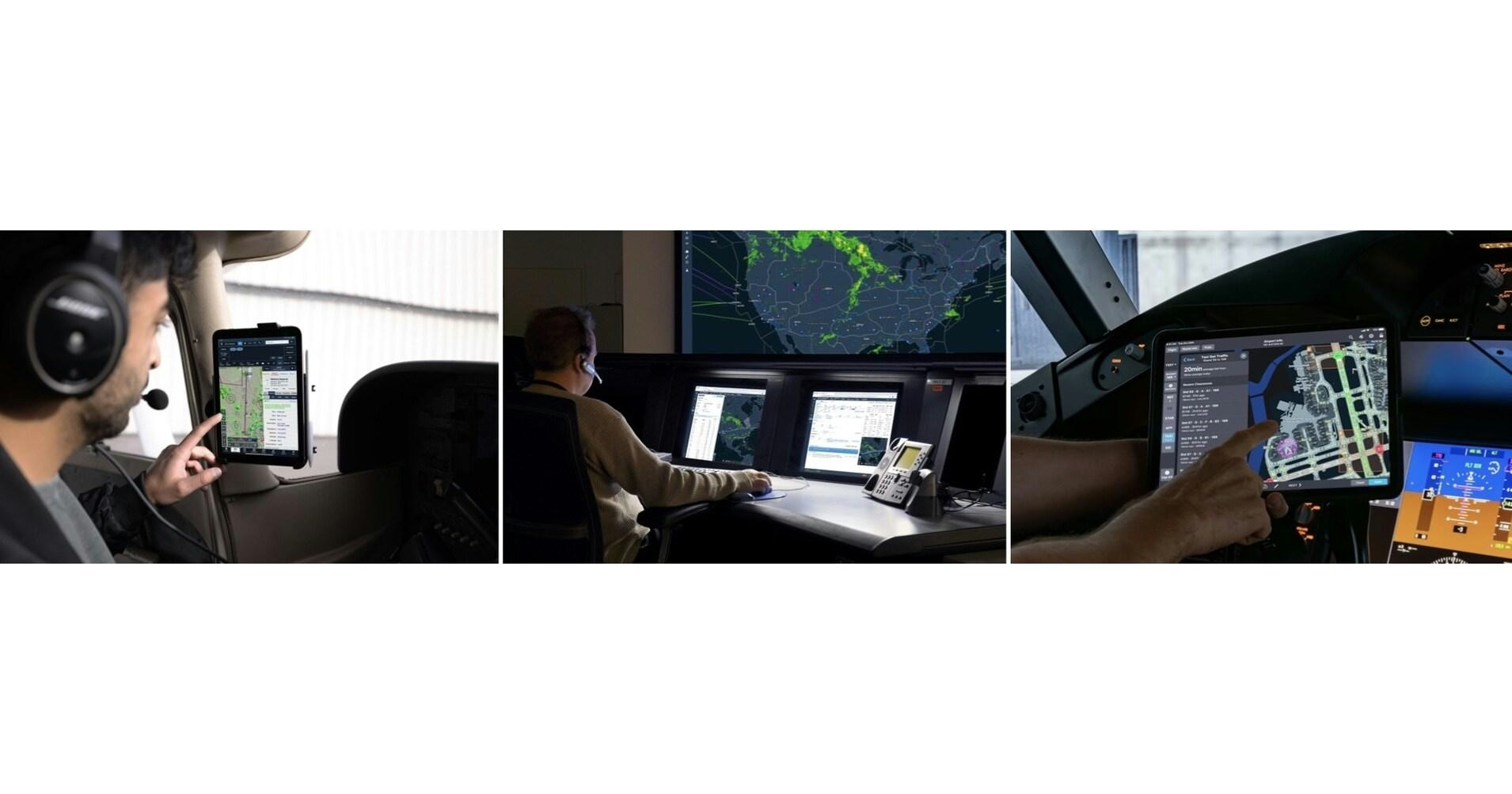
Jeppesen ForeFlight Names New Executives to Lead Aviation Initiatives
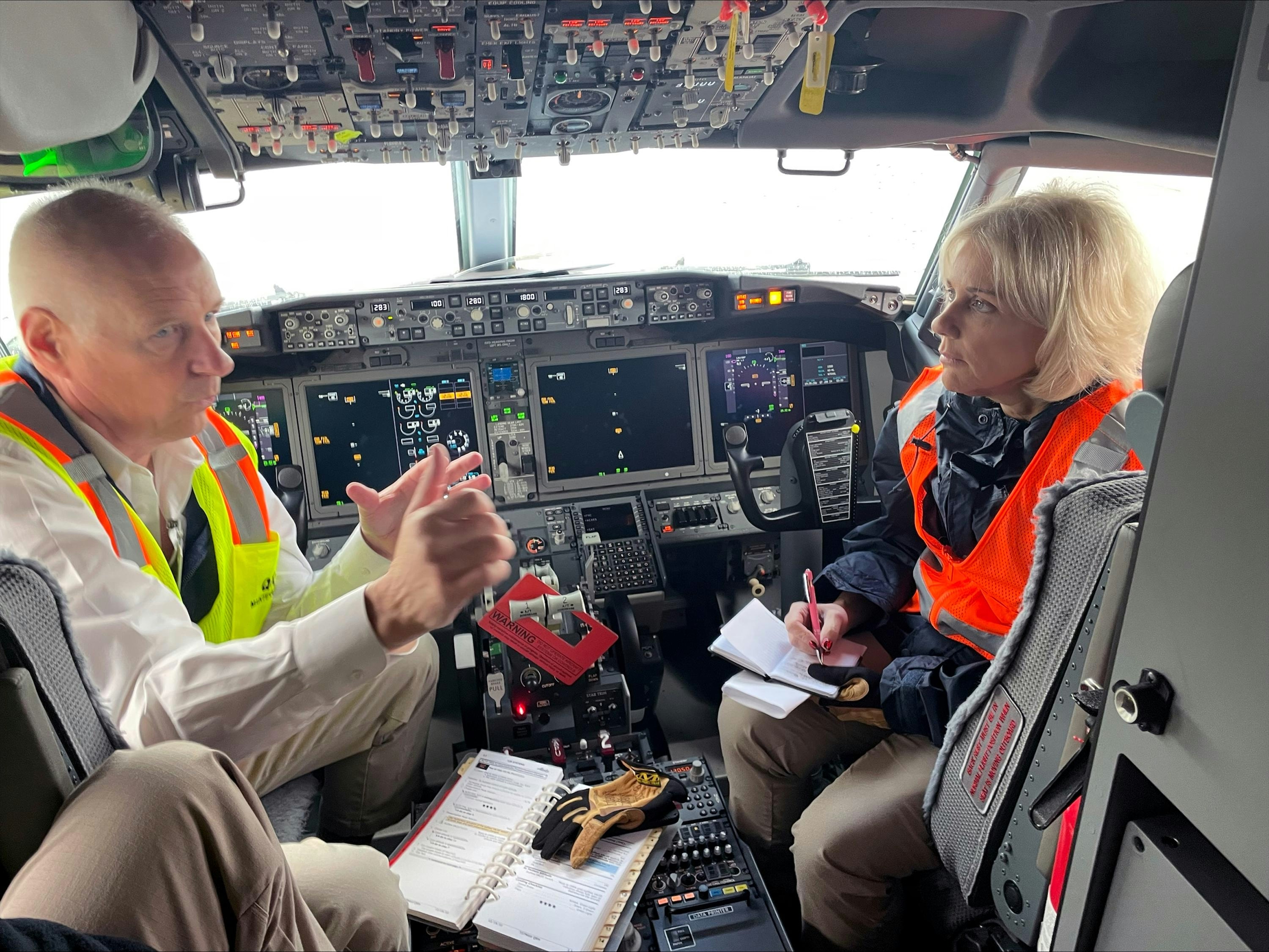
737 MAX Engine Shuts Down Mid-Flight After Cockpit Sun Visor Detaches

Air Taxis Are Not a Viable Solution to Broward’s Traffic Problems

The Vision Jet and the Future of Personal Aviation

Aircraft Leasing Market Expected to Grow Amid Changing Tourism and Fleet Demands

Sentient Jet Introduces Cryptocurrency Payments

Pentagram Designs Identity for eVTOL Company Vertical Aerospace
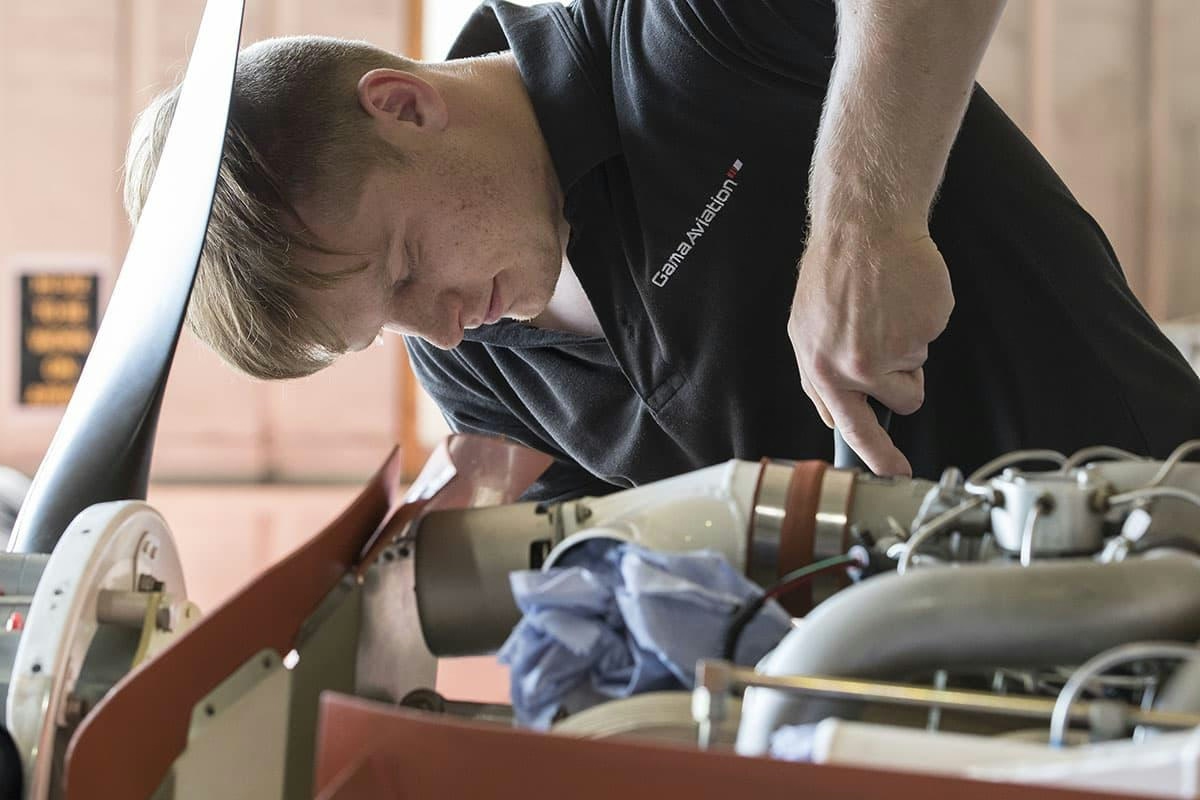
Gama Aviation Expands Services with New Paintshop at Staverton
